Childbirth can be different depending on where you are in the world. The setting and cultural traditions vary widely, as do the outcomes. The unacceptable truth is that in many parts of the world, it remains very dangerous to give birth. Most maternal deaths occur in developing countries, and so many are preventable.
But in other ways, childbirth is universal ― the pain and joy, the process and the love. We asked the International Association of Professional Birth Photographers, which has members across the globe, for images that reveal a bit about childbirth where they live and work. The 21 photographs here ― with captions from the photographers ― by no means paint a complete picture of labor and delivery across the world, but they do provide a glimpse into what it is like for a mother to have a C-section in Kuwait, or to give birth in rural Nicaragua. These are photos that celebrate the many different traditions that surround childbirth, and the fact that ultimately love is love, no matter where you are.
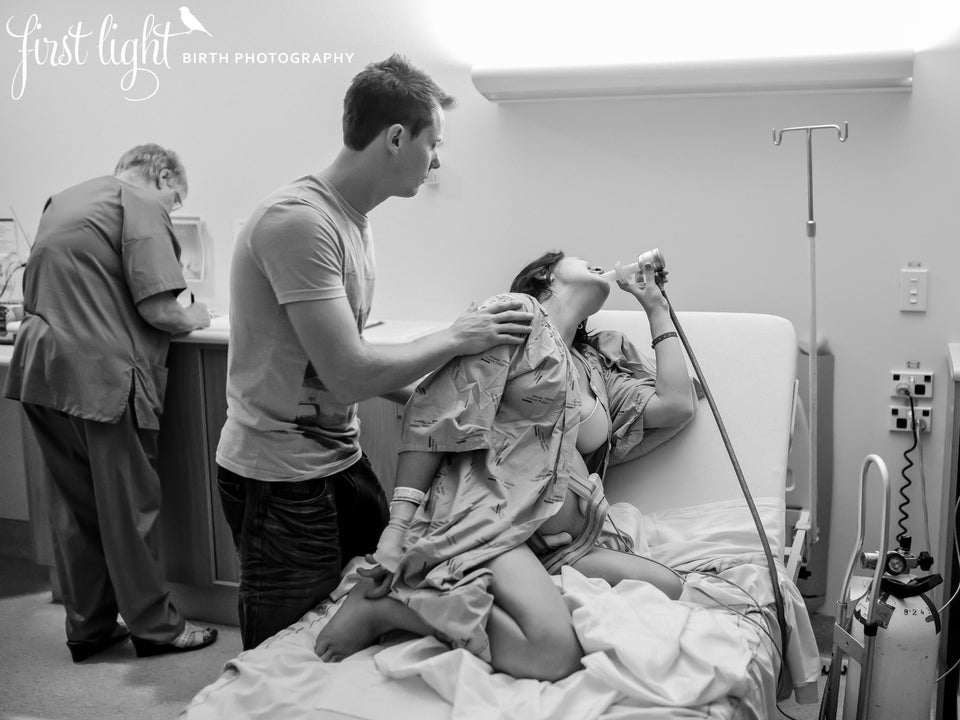
healthcare that includes an amazing midwifery-based maternity system.
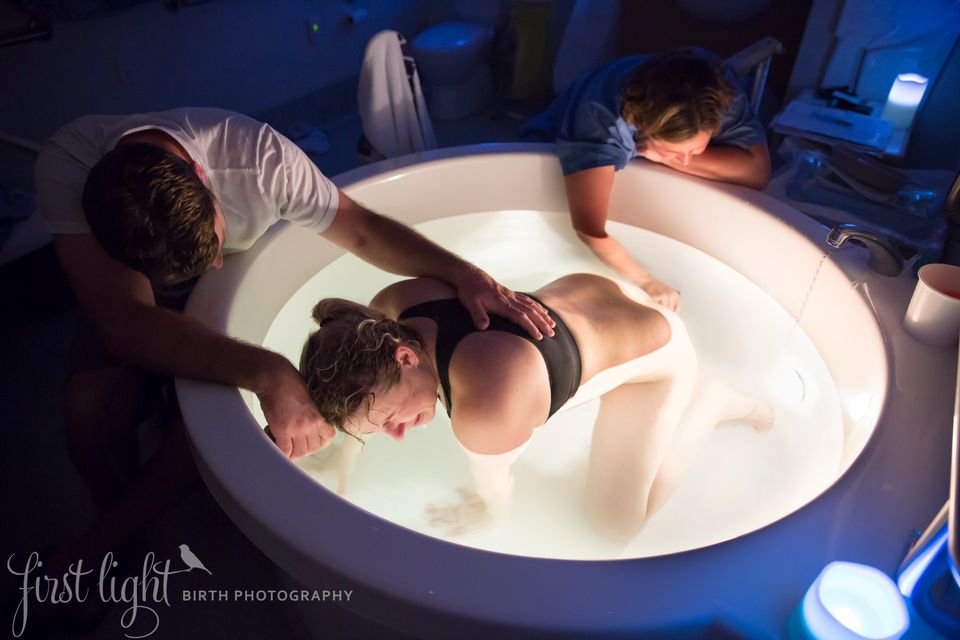
birthing pools. Women here often give birth in the water.
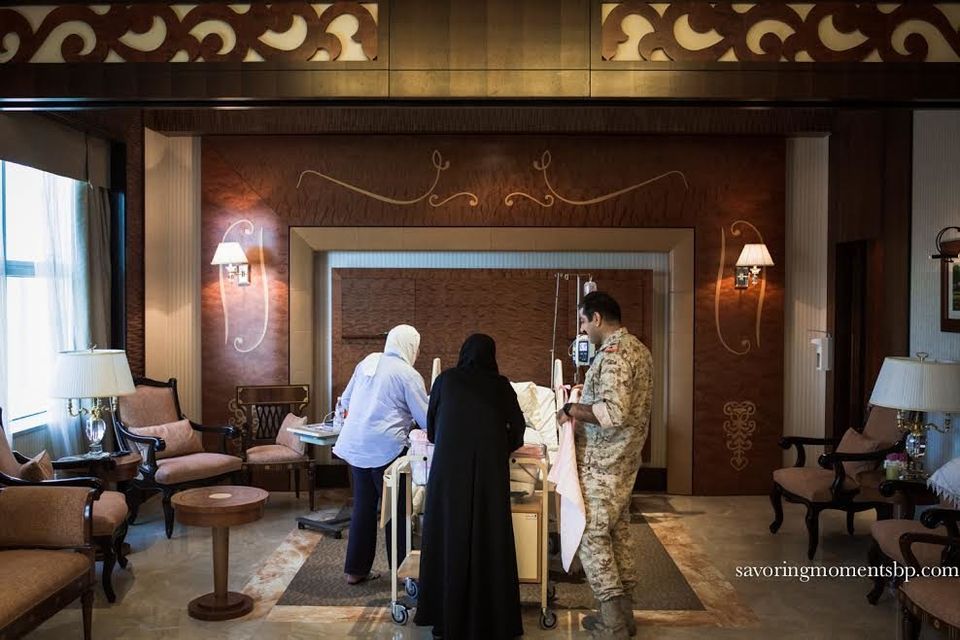
I was not allowed in the operating room to photograph the birth because of hospital policy. In fact, the hospital has never had a patient request that a photographer be present for a C-section, and my clients didn't want to push it.
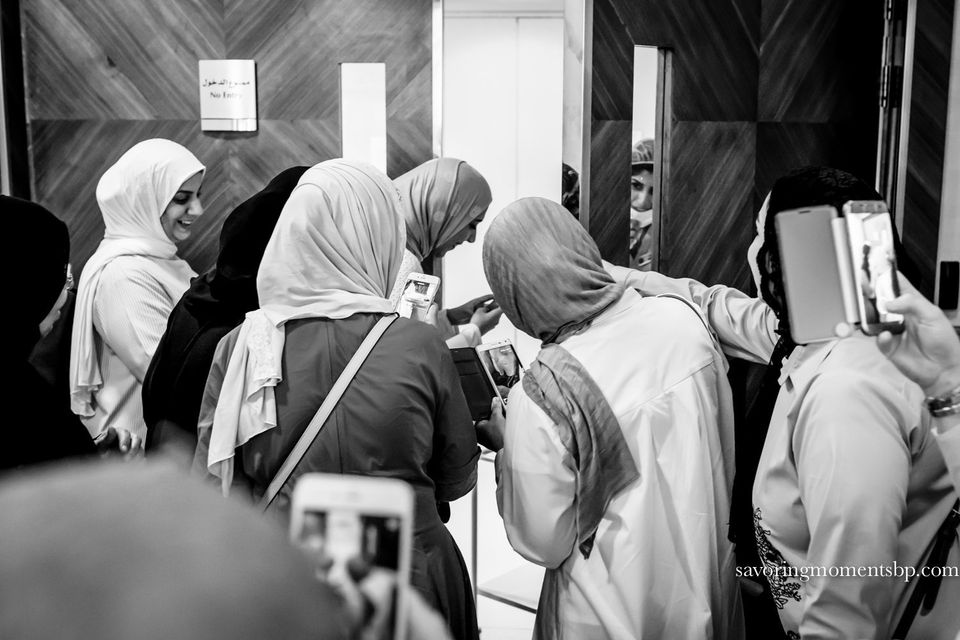

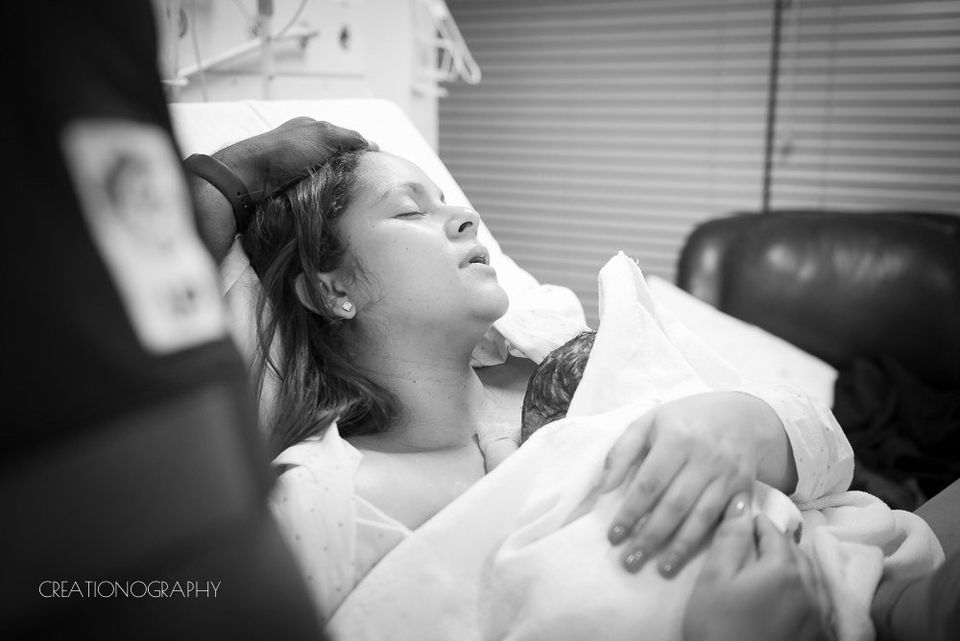

The midwives at Shiphrah Birthing Home have taught me what it means to hold space for a laboring woman and her family. The midwives are, of course, there to make sure mother and baby are safe, but they also provide support and encouragement. They give massages and make sure the mother eats and drinks during labor. "Kaya mo yan!" or "You can do it!" are words I hear at every birth.
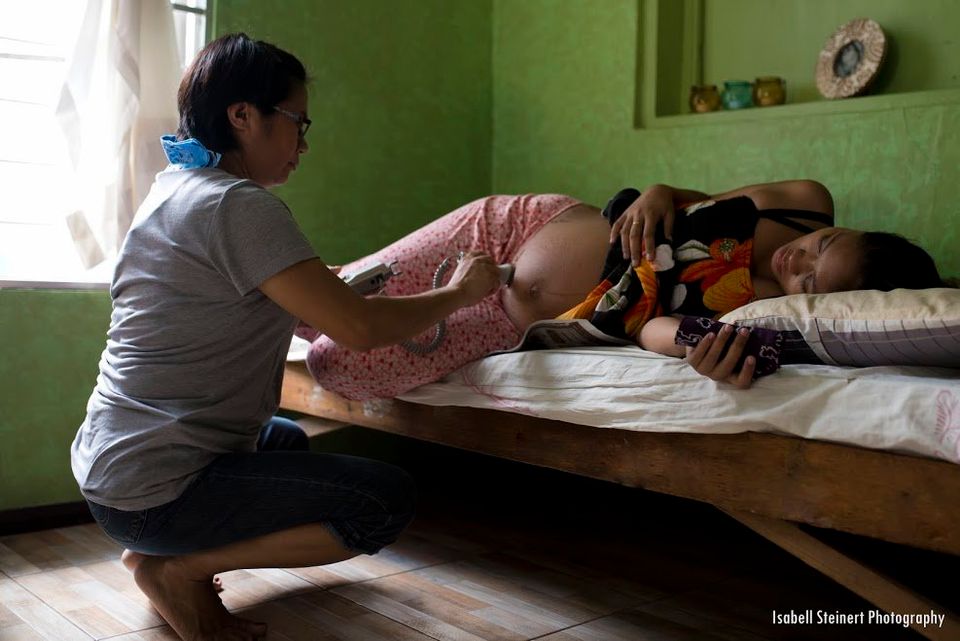
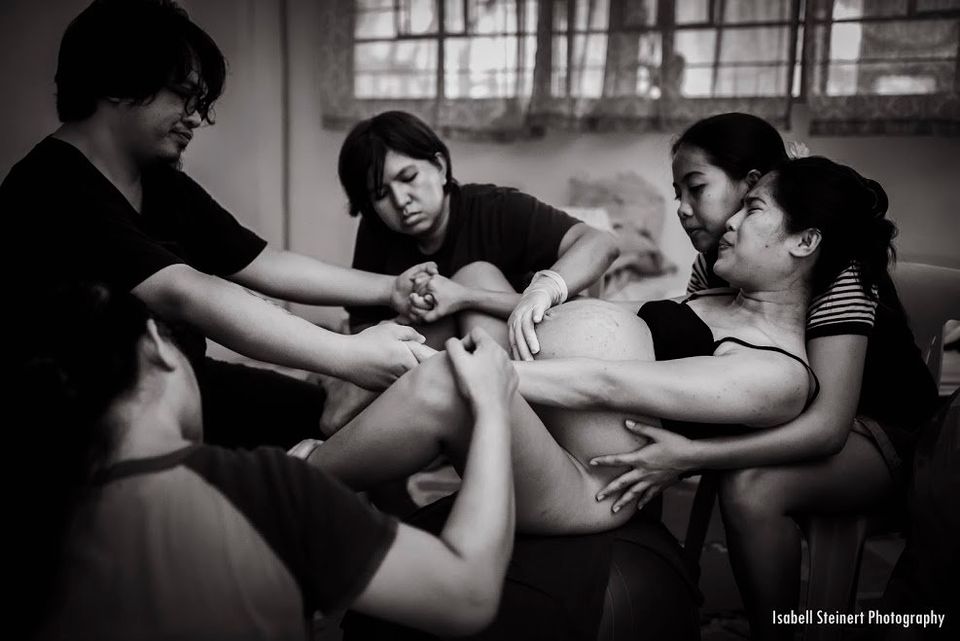
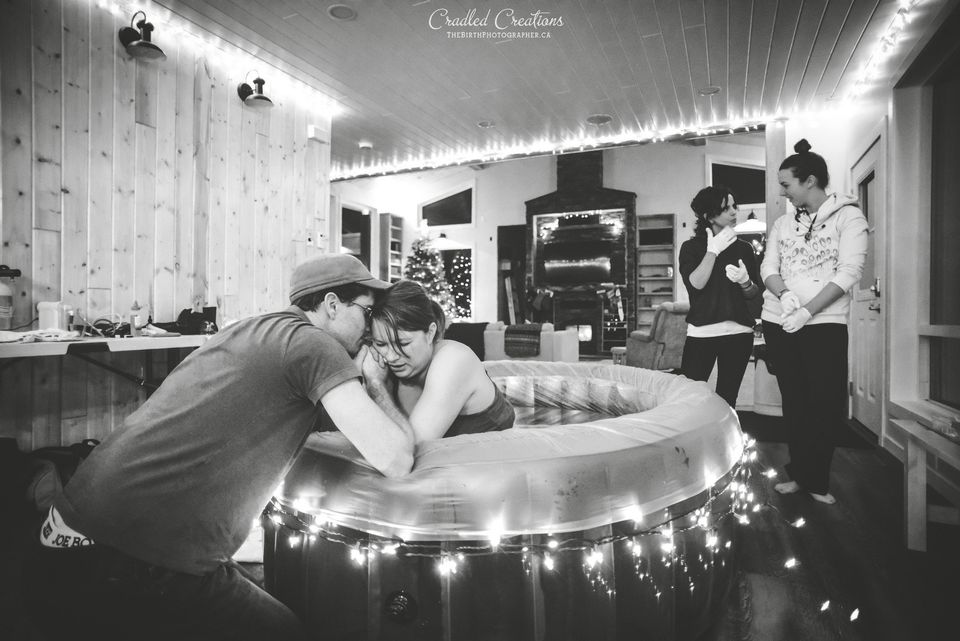

About two weeks before they are due, many women travel from the rural areas where they live to stay in the "casa maternal" (maternity house) to ensure access to safe medical care. The maternity house is essentially a small room with some ceiling fans (no air conditioning!) that many of the mothers stay in with their babies after the birth, too. This mom didn't have any family or a partner with her as she gave birth to her sweet baby girl. She was one of the moms who traveled to stay at the maternity house.
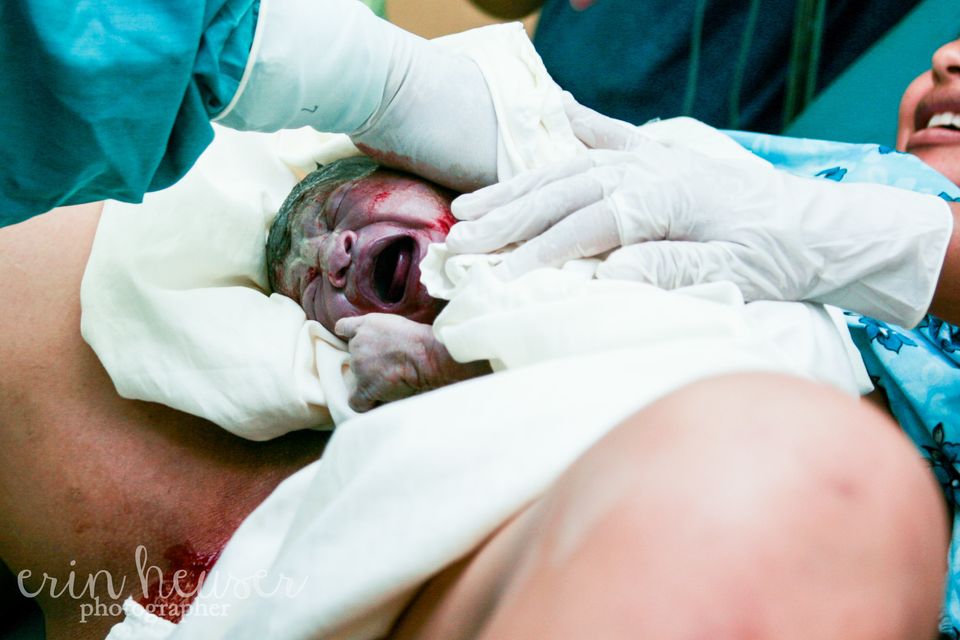
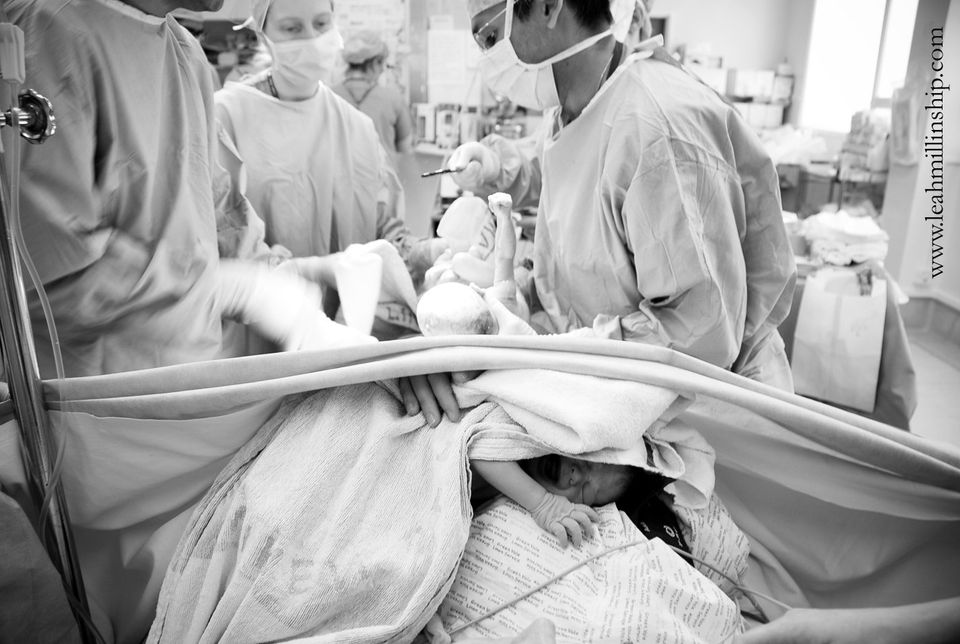
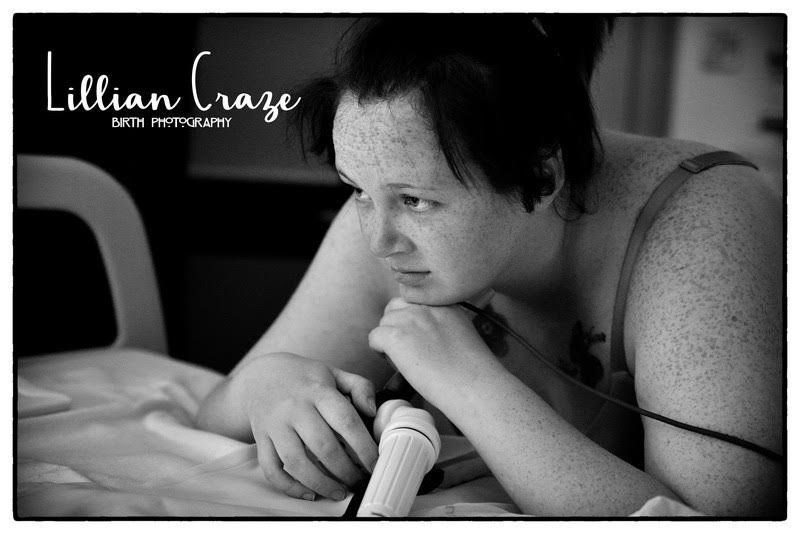
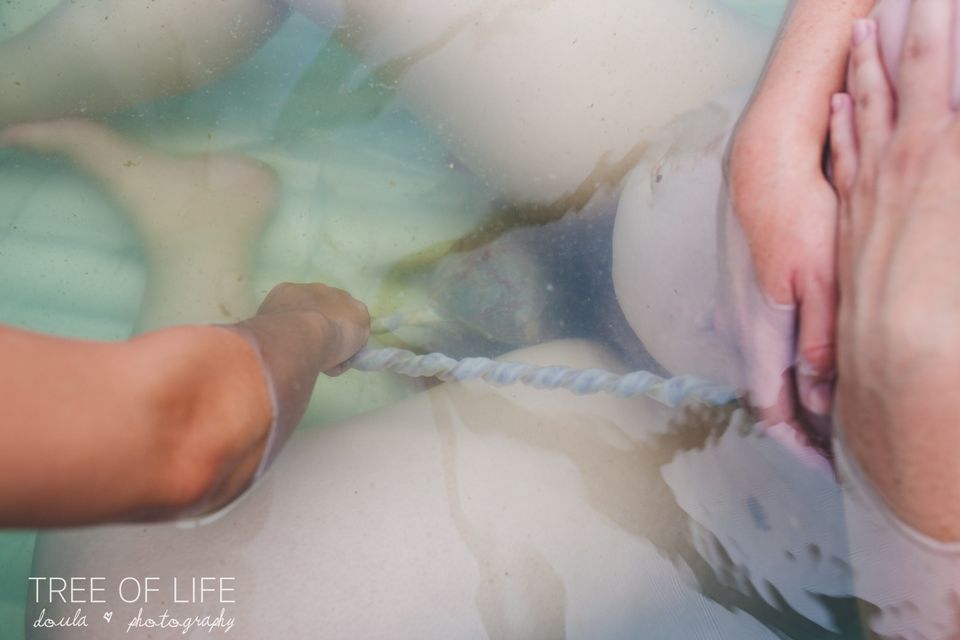

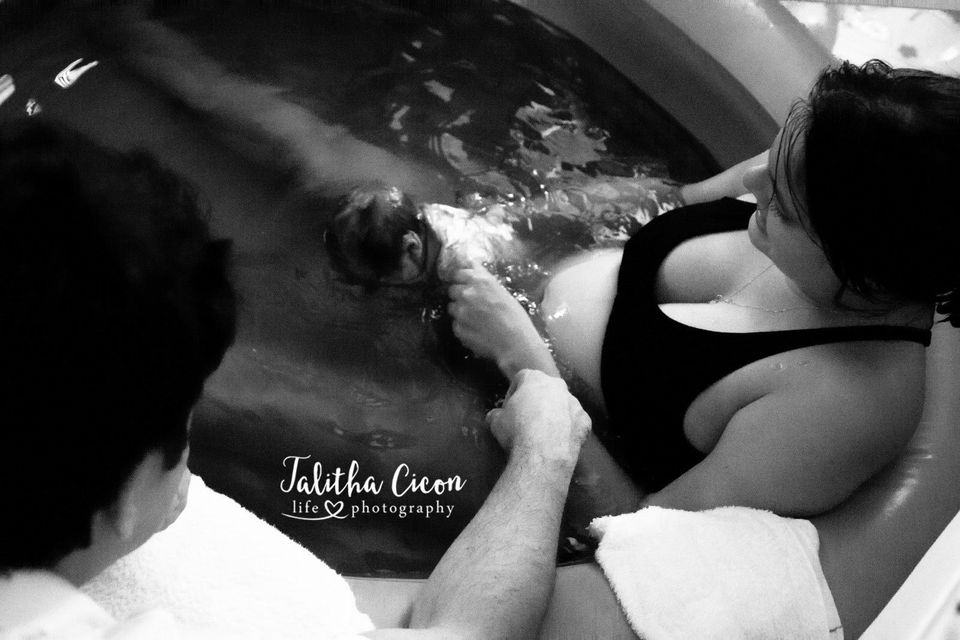
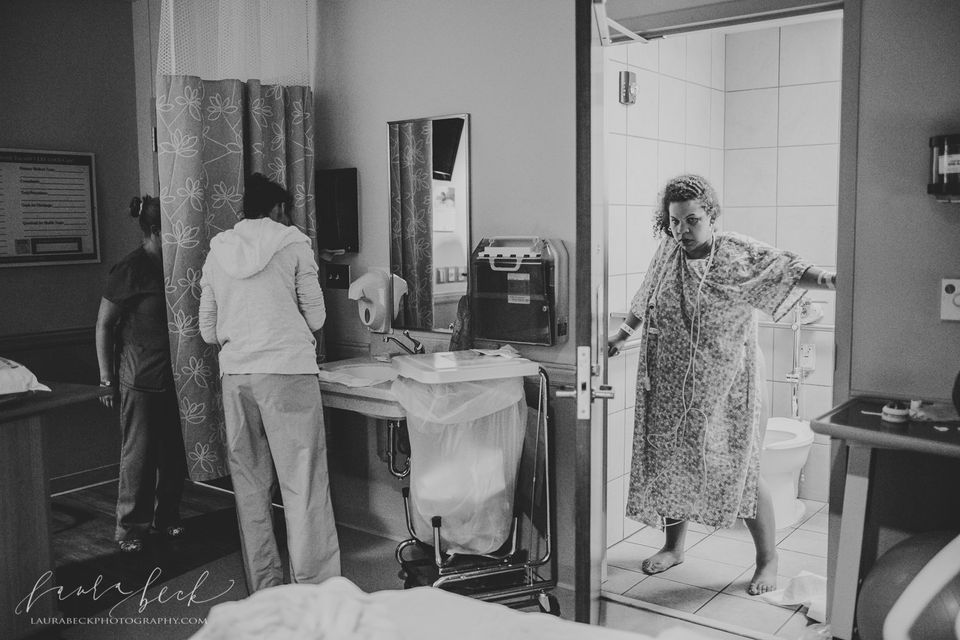

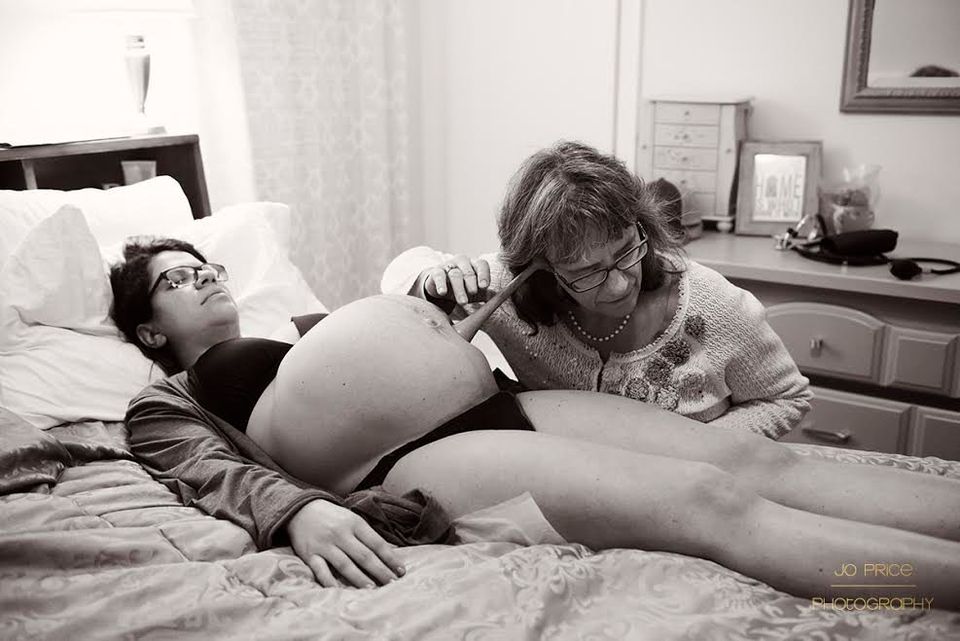

Captions have been edited and condensed.
